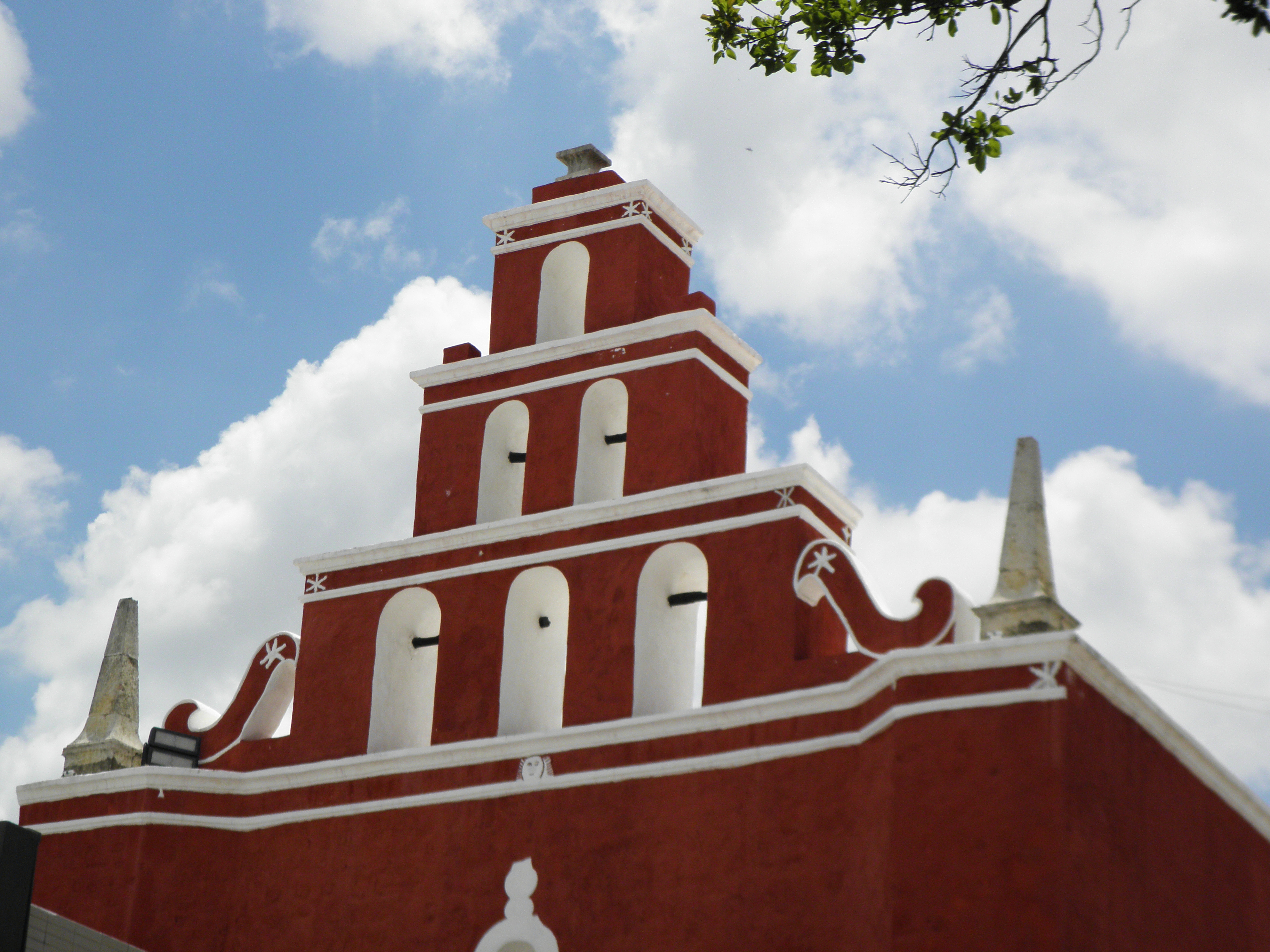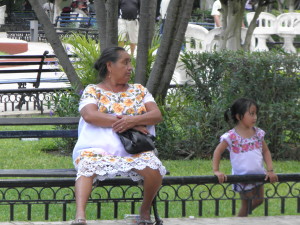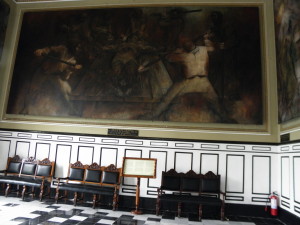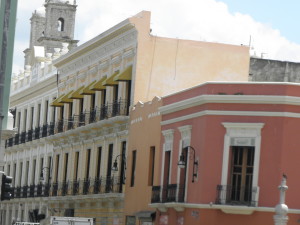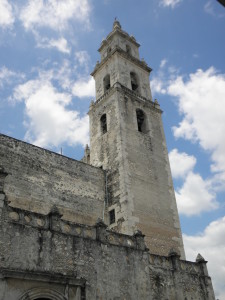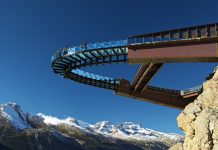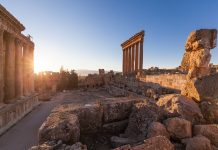Located in the southeastern of Mexico, Merida is the capital of the Mexican state of Yucatán and largest city of the Yucatán Peninsula, It is the largest of the four cities of the world that share the name Mérida, the other three being in Spain, Venezuela and The Philippines.
The Yucatán Peninsula was the home of the Maya civilization before it was conquered by the Spanish conquistadors in the 16th century.
Much of the population is part or all of Maya descent, and in many places the Maya language is still spoken, usually in addition to Spanish.
The Spaniard Francisco de Montejo, founded Merida en 1596, it was conquer by the spaniars, who dismantled all the pyramids and used the huge stones as th foundation for the cathedral of San Idelfonso (1556-1559) the oldest cathedral in the American continent.
The cathedral situated on the east side of the plaza is one of Merida’s many interests sides. On the south side is the Casa Montejo, the former home of the conqueror of Yucatan. The Palacio de Gobierno on the north side, houses 27 murals by Fernando Castro illustrating the somewhat violent history ofYucatan.
The Yucatán Peninsula comprises a significant proportion of the ancient Maya, although the Maya culture extended south of the Yucatán Peninsula, through present Guatemala and into Honduras, Chiapas and Belize).
Until the mid 20th century, most of the Peninsula’s trade with the rest of Mexico was by sea. The Yucatán Peninsula has reoriented its economy towards tourism, especially in the Mexican state of Quintana Roo, Cancún in the northeast of the peninsula has grown into a thriving city.
The Riviera Maya, which stretches along the east coast of the peninsula between Cancún and Tulum, is visited by millions of tourists every year.
The best-known location is Playa del Carmen, the ecological parks Xcaret and Xel-Há and the Maya ruins of Tulum and Coba. Mérida has been nicknamed “The White City”, though the exact origin of this moniker is not clear.
Some explanations include the common color of its old buildings painted and decorated with “cal” (though anyone visiting modern Mérida can see that buildings are not all white nowadays) or the fact that the residents keep the city particularly clean.
Mérida was named after the Spanish town of the same name, originally (in Latin) Augusta Emerita. Mérida served as the American Capital of Culture in the year 2000.
Most of Yucatan is still predominantly Maya. Maya culture, identity, traditions, and language are very much alive, especially outside of main cities.
The peninsula is the exposed portion of the larger Yucatán Platform, all of which is composed of carbonate and soluble rocks, being mostly limestone.
The vegetation is short and tall tropical jungles are the predominant natural vegetation types of the Yucatán Peninsula, the peninsula lies within the Atlantic Hurricane Belt, and with its almost uniformly flat terrain it is vulnerable to these large storms coming from the east.
For centuries, geography made it difficult for the Yucatecans to communicate with the rest of Mexico, as a result architectural and cultural influences from Europe, the Caribbean and New Orleans were as strong or stronger in the growth of the city. To this day, the people who live here considers themselves Yucatecans first, Mexicans second. (By Rodrigo Baak)
[divider]
[divider]
[divider]







